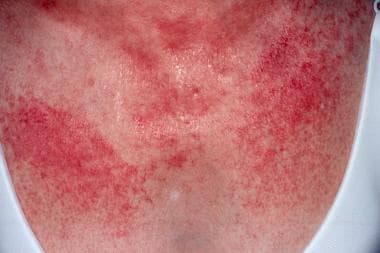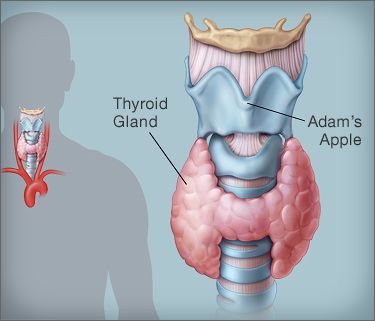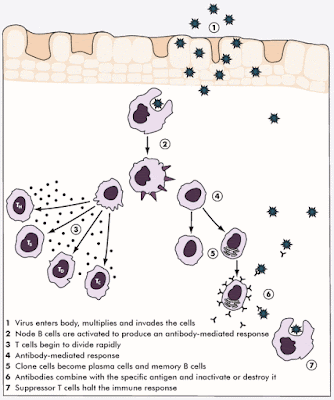SKIN:
Skins function is the retention and liberation of heat. It
also serves to feel sensations such as heat, cold i pain.
MOCOUS MEMBRANES IN NOSE AND THROAT:
Is a membrane lining all body passages that communicate with the air, such as the respiratory and alimentary tracts, and having cells and associated glands that secrete mucus.
TONSILS:
The main function is to protect the body against harmful germs and pollutants .
Is a small oval or bean-shaped bodies, up to 2 cm in length.
THYMUS:
This small organ is where T-cells mature, can trigger or maintain the production of antibodies that can result in muscle weakness, the Mayo Clinic said.
SPLEEN:
Is a ductless organ, situated in humans at the cardiac end of the stomach, serving chiefly in the formation of mature lymphocytes, in the destruction of worn-out red blood cells.
BOWEL:
The bowel is the long tube in the body that helps digest food and carries solid waste out of the body.
BONE MARROW:
The yellow tissue in the
center of your bones that is responsible for making white blood cells that are
destined to became lymphocytes.

















